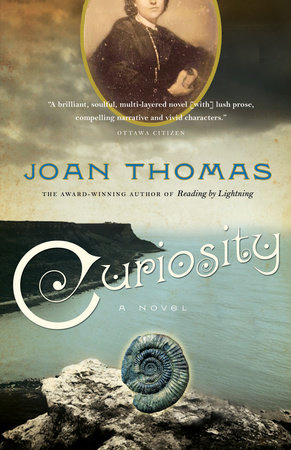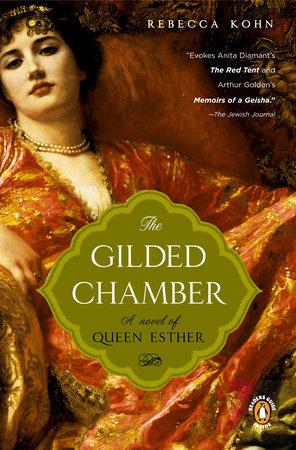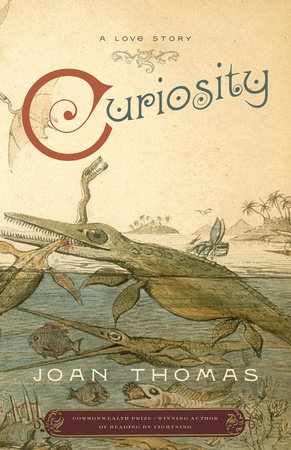

Curiosity
By Joan Thomas
By Joan Thomas
By Joan Thomas
By Joan Thomas
Category: Historical Fiction | Romance | Women's Fiction
Category: Historical Fiction | Romance | Women's Fiction

-
$21.00
Feb 01, 2011 | ISBN 9780771084188
-
Mar 30, 2010 | ISBN 9781551993539
YOU MAY ALSO LIKE
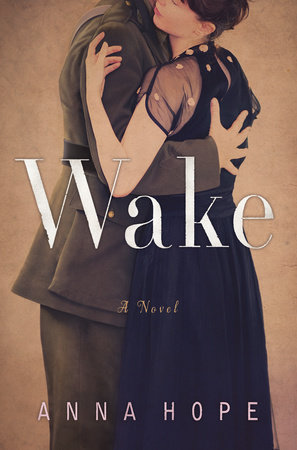
Wake
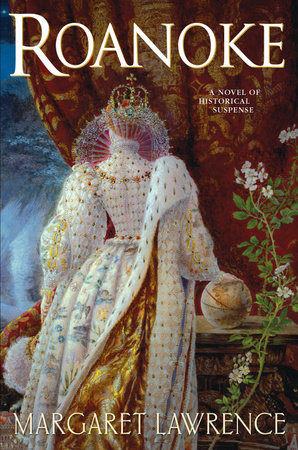
Roanoke
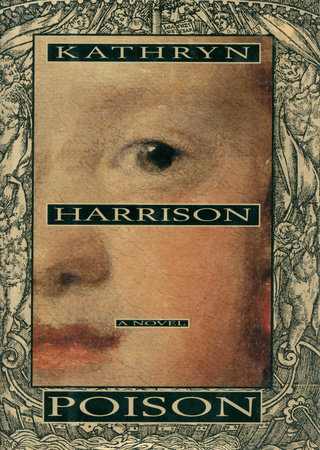
Poison
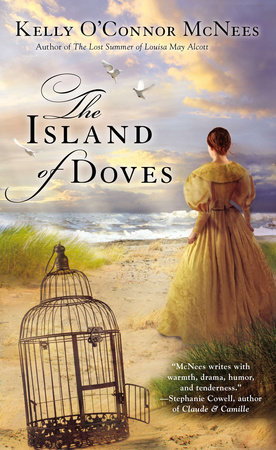
The Island of Doves
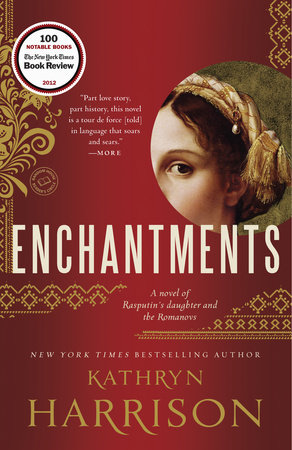
Enchantments
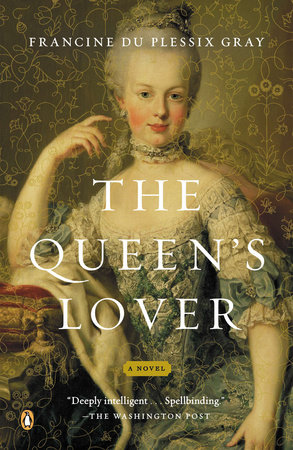
The Queen’s Lover
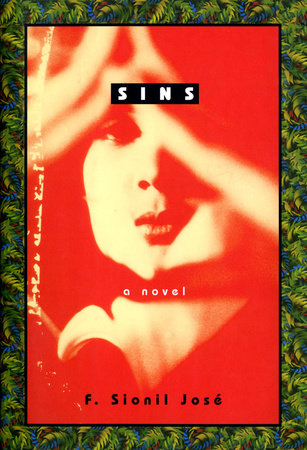
Sins

Undersong
Praise
“Meticulous and deeply affecting. The traps of poverty and class, calcified notions of women’s place in science and society, fall away to reveal the hidden life below: the human mind and heart excavated with delicate and devastating skill.” —Marina Endicott, author of Good to a Fault
“Curiosity is a delight. Set with marvels and rueful comedy, it’s a warmly intelligent feat of historical sympathy. Mary Anning of Lyme Regis, with her dead-reckoning gaze, moves through these pages like a muddy-booted angel.” —Greg Hollingshead, author of Bedlam
“Rich. . . . [Thomas] practically burrows into the characters. Hers is magnificent prose that appeals to all the senses without grandiloquence. Equally important, Thomas handles the doctrinal debate raised by the then-budding field of geology with [great] subtlety and nuance.” —The Toronto Star
“Right from its powerful opening, the novel buffets readers with the inescapable momentum of waves against the Dorset cliffs. . . . Curiosity is without question the best novel this reader has come across in the past year. . . . Lush. . . . Thomas draws [her] characters with such depth, power, and heart tha they remain with the reader long after the novel’s covers are closed.” —Quill & Quire (starred review)
“Thomas handles beautifully the class-afflicted nuances of a doomed love story.” —More magazine
“A brilliant, soulful, multi-layered novel. . . . We are drenched in all the sights, sounds and smells of the era [and] become privy to the ecstasy and the agony of the doomed love affair between the two main characters. . . . Lush prose, compelling narrative and vivid characters [make] this one of the best books of the spring publishing season.” —Ottawa Citizen
“A precise reconstruction of the social and intellectual world of early 19th-century England. . . .[Thomas’s] research gives the characters depth [and] provides Mary with a delightfully distinctive voice. . . . A beautifully wrought . . . work of literary art.” —Winnipeg Free Press
“Extraordinary. . . . A timeless story, and an unforgettable one.” —Edmonton Journal
“Gripping. . . . Mary Anning as portrayed by Joan Thomas stands in her own right as a memorable figure, vulnerable and indomitable at the same time.” —National Post
“[Curiosity] explores the exquisite fragility of a love story that turns upon the lovers’ unblinking curiosity before the metaphysical change their work uncovers. . . . A beautiful, erudite, and deeply pleasurable work.” —The Walrus
21 Books You’ve Been Meaning to Read
Just for joining you’ll get personalized recommendations on your dashboard daily and features only for members.
Find Out More Join Now Sign In








